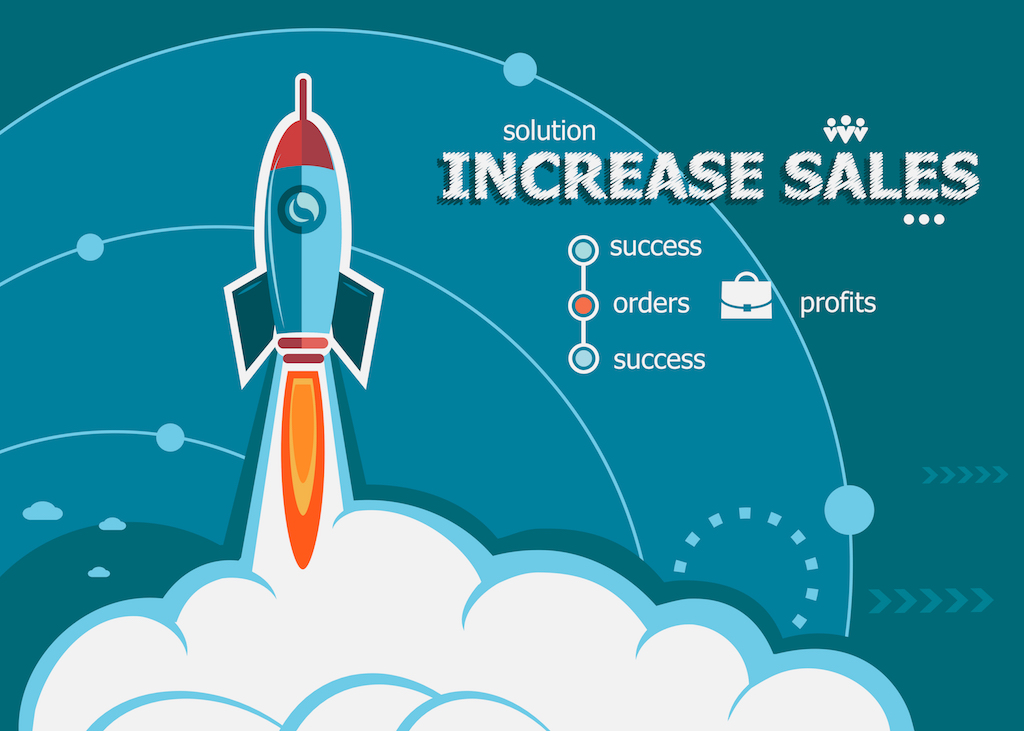In his 2024 Insights and 2025 Outlook, Bank of Ireland head of Agriculture Sector Eoin Lowry says that after a turbulent time for farmers, appetite for investment is starting to return.
“Given the postponement of investment in 2024, it is expected that the appetite to invest on-farm will return to more normalised levels in 2025”
Summary
Following a turbulent 2023, overall 2024 will go down as a year of recovery for farm output and incomes as agri commodity prices stabilised along with favourable weather in the second half of the year supporting animal and crop performance. In the first half of the year, farmers felt the impact of a prolonged winter and late spring with cash positions weakening and animals and crops underperforming. Thankfully the second half of the year more than compensated with more favourable weather and higher farm gate prices.
This saw overall farm incomes increase 49% in 2024 compared to 2023. Sentiment at farm level was subdued for most of the year which impacted farmer confidence to invest on farm in the short-term preferring to build up cash buffers and pay down short-term debt taken on in Winter 2023. By year-end the result on farm is seen in lower overdraft utilisation rates, lower overall farm debt levels and higher deposit levels than at the start of the year. Given the postponement of investment in 2024, it is expected that the appetite to invest on-farm will return to more normalised levels in 2025.
The global picture
Agri commodities fall off record highs
Following a 14% fall in 2023 compared to 2022, the FAO Food Price Index fell a further 2% in 2024. The international index, which tracks the price of agri-food commodities, made steady monthly increases for most of 2024 and finished the year 8% above its corresponding level at the end of 2023. It still remains 21% below the peak reached in March 2022.
- The global price for cereals for 2024 as a whole, was down 13% from the 2023 level, underpinned by lower wheat and coarse grain prices, and marking a second annual decline from the 2022 record level. This was as a result of subdued international demand and higher seasonal availability from harvests in South America and Australia.
- The global price for meat for 2024 as a whole, was up almost 3% from 2023, driven by robust import demand from key meat-importing countries, amid slower global production growth. This sustained higher average prices for cattle, sheep and poultry meats. Average pig meat prices declined, prompted by subdued import demand, particularly from China.
- The global price for dairy for 2024 as a whole, was up almost 5% from 2023. This increase was mainly attributed to a sharp surge in butter prices, on the back of a high global demand and constrained exportable supplies, resulting from erratic weather patterns that negatively impacted production.
2024 in context
Agricultural output increases overall in 2024
Agricultural output increased by 4% (+€430m) to €11.7bn in 2024 due to a combination of increased prices and volumes across the key commodities. Cattle output values grew 1.5% due to a 3% increase in prices despite a 2% decline in volumes. Pig output values increased 9% on the back of an 8% rise in volumes.
Sheep output values grew 16% as a result of a 16% increase in sheep prices. Despite a c.2% fall in volumes, milk output values grew 2% supported by 7% stronger prices. Adverse weather conditions at planting caused a significant reduction in both the area planted (-20%) and production (-24%) of winter Cereals.
However, the area planted with spring Cereals increased by 8%, and with higher yields, production grew by 25%. This resulted in the cereal output values increasing by 10% with no increase in prices.
Key agricultural input costs continued to fall in 2024
Farm input costs fell c.5% (- €377m) in 202420 mainly as a result of lower feed and fertiliser costs. The cost of fertilisers fell by c. 27% (-€223m) due to their average price falling by 30%, while the cost of feed was down c. 6% (-€143m) also due to lower prices (-13%).
Volumes of feed increased c. 8% in 2024 compared to 2023 as a result of the adverse weather during the year. Energy costs (diesel and electricity) were down 6% in 2024 compared to 2023.
To learn more and read about the 2025 trends to watch, download the FULL Insight & Outlook 2025 report for the Agriculture sector below:
-
Bank of Ireland is welcoming new customers every day – funding investments, working capital and expansions across multiple sectors. To learn more, click here
-
Listen to the ThinkBusiness Podcast for business insights and inspiration. All episodes are here. You can also listen to the Podcast on:
-
Spotify
-
SoundCloud
-
Apple






